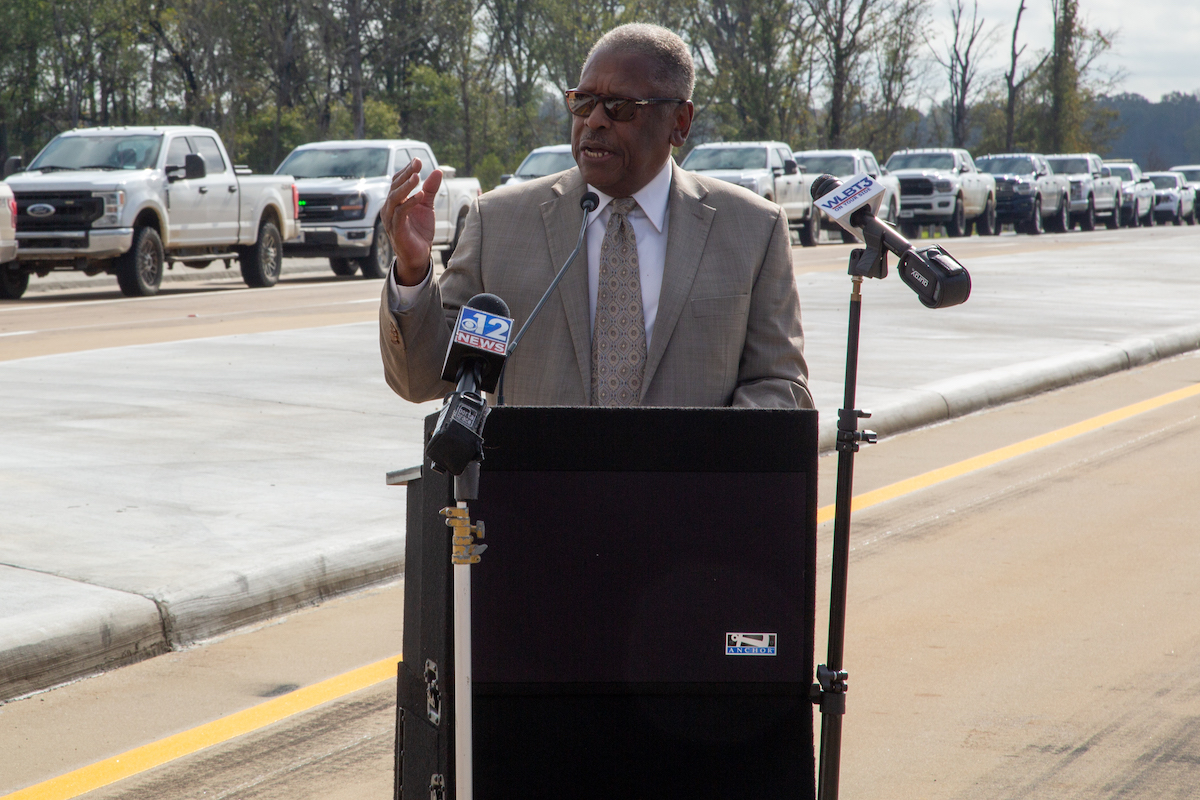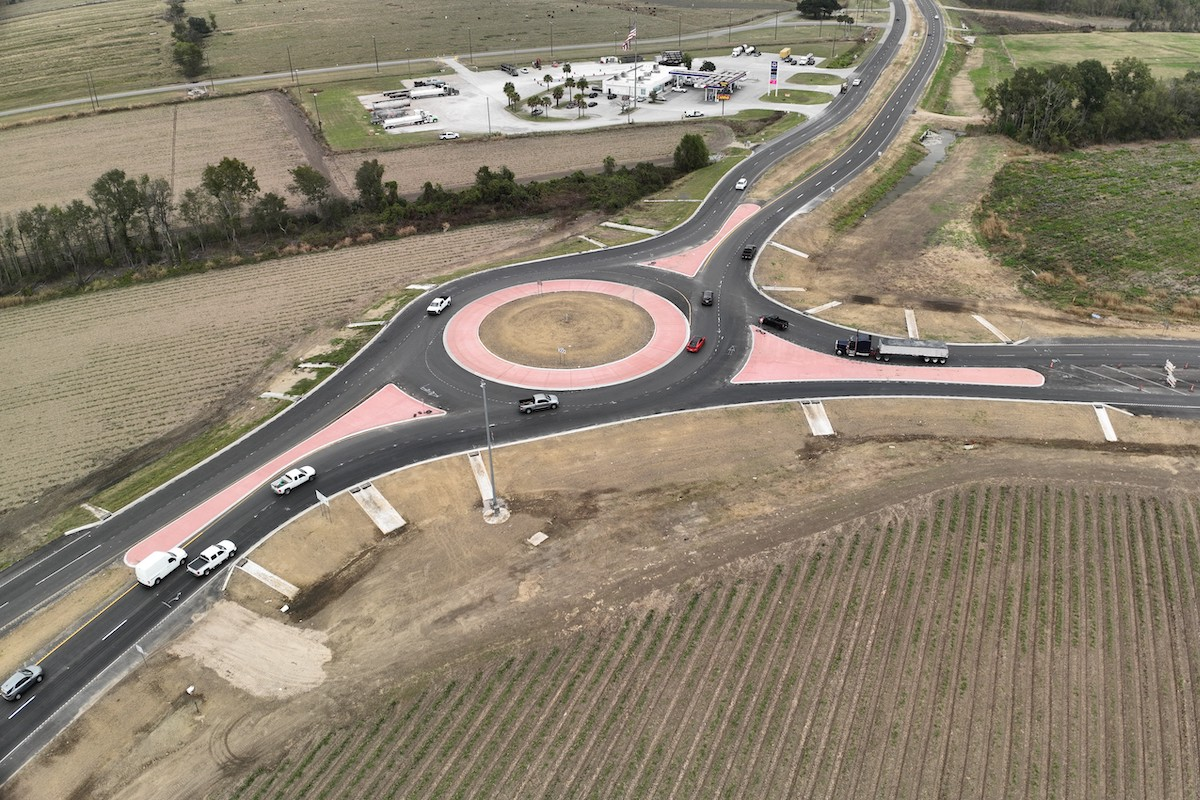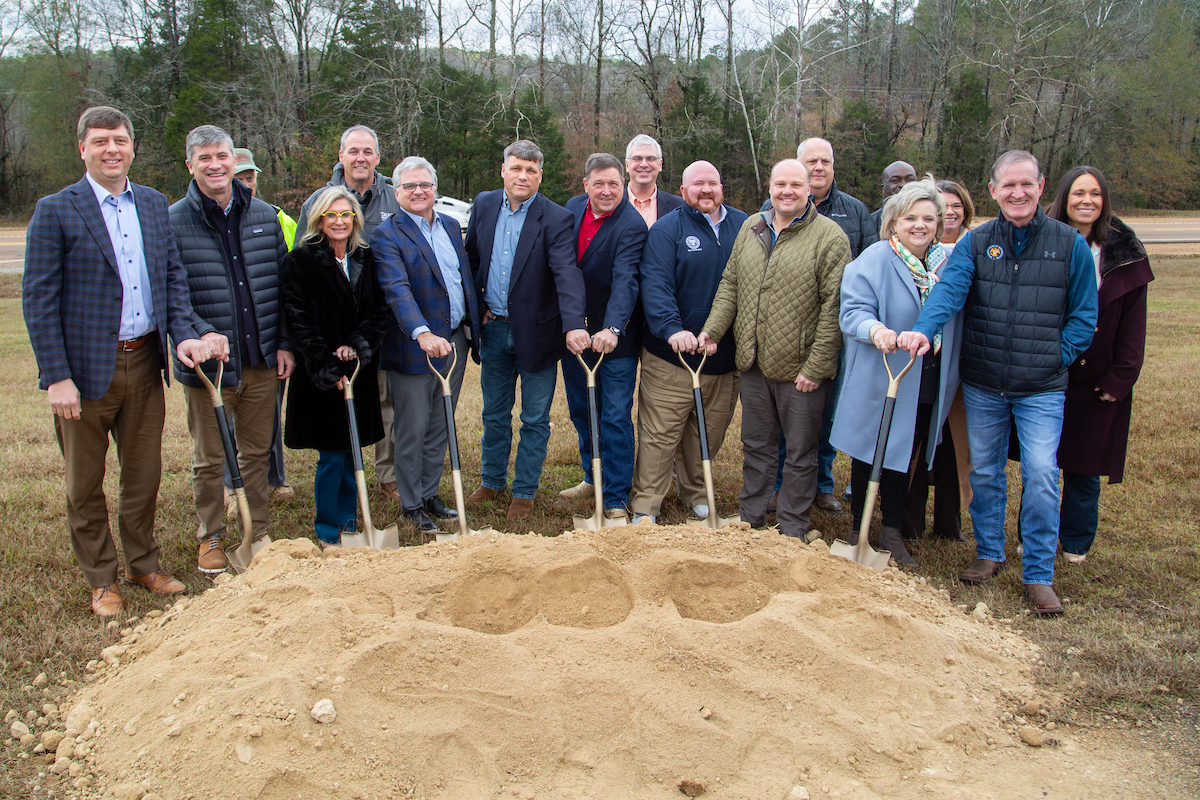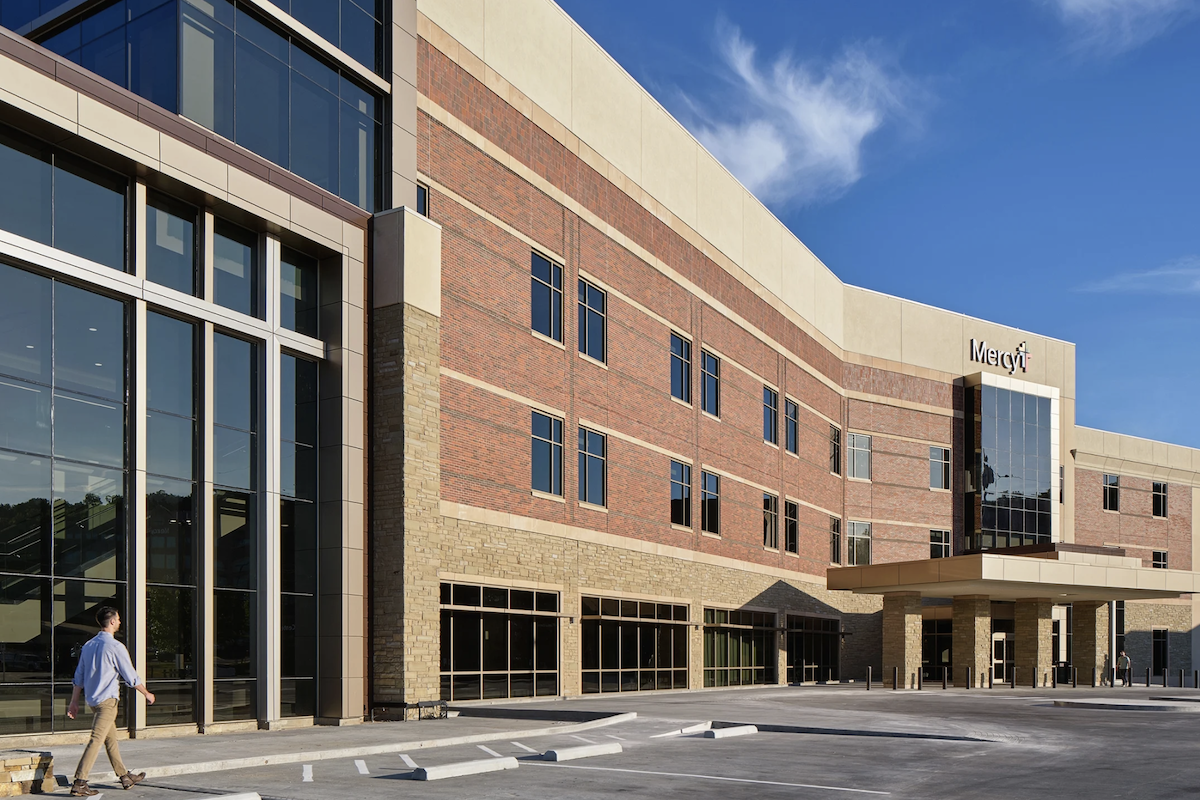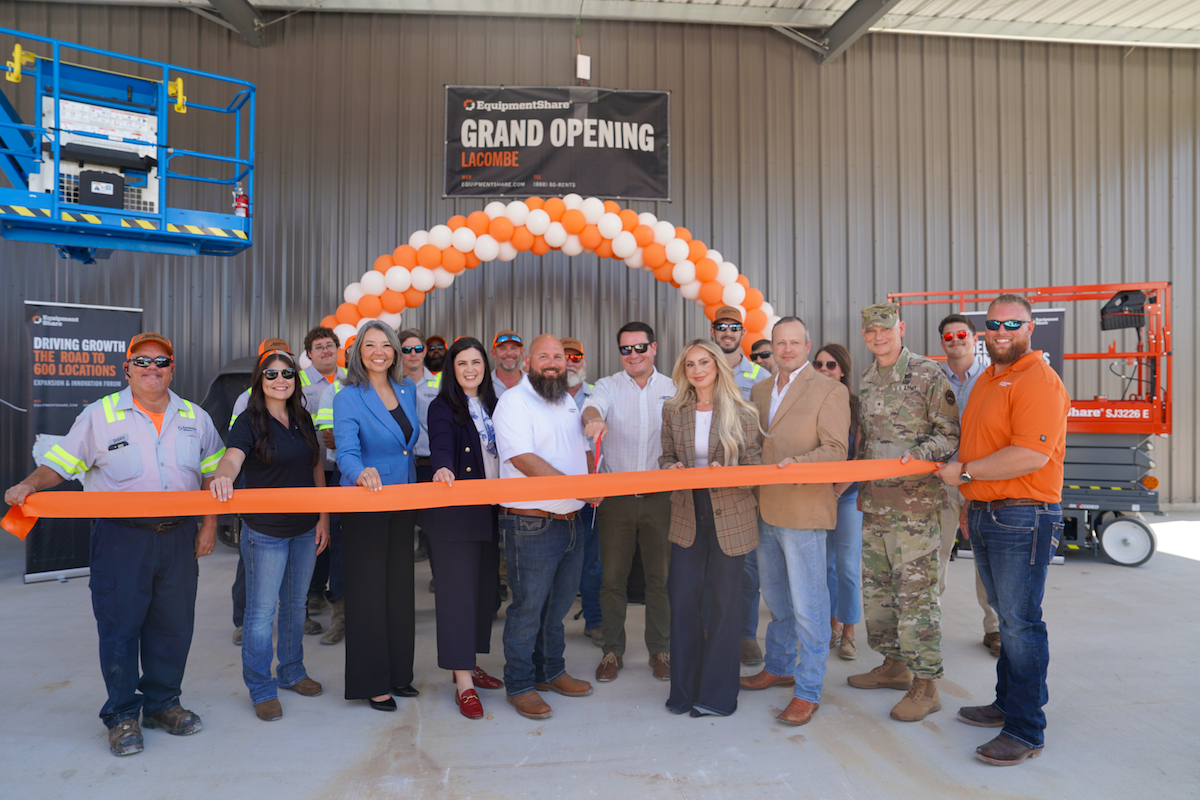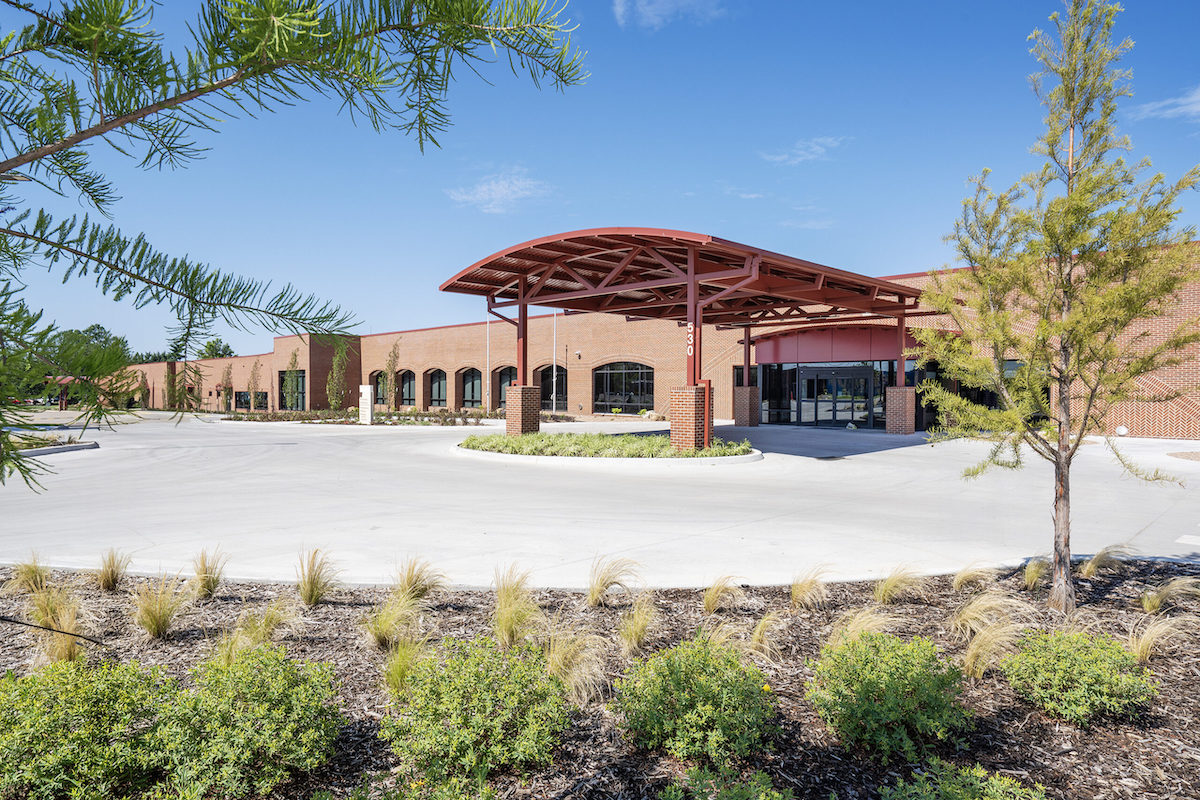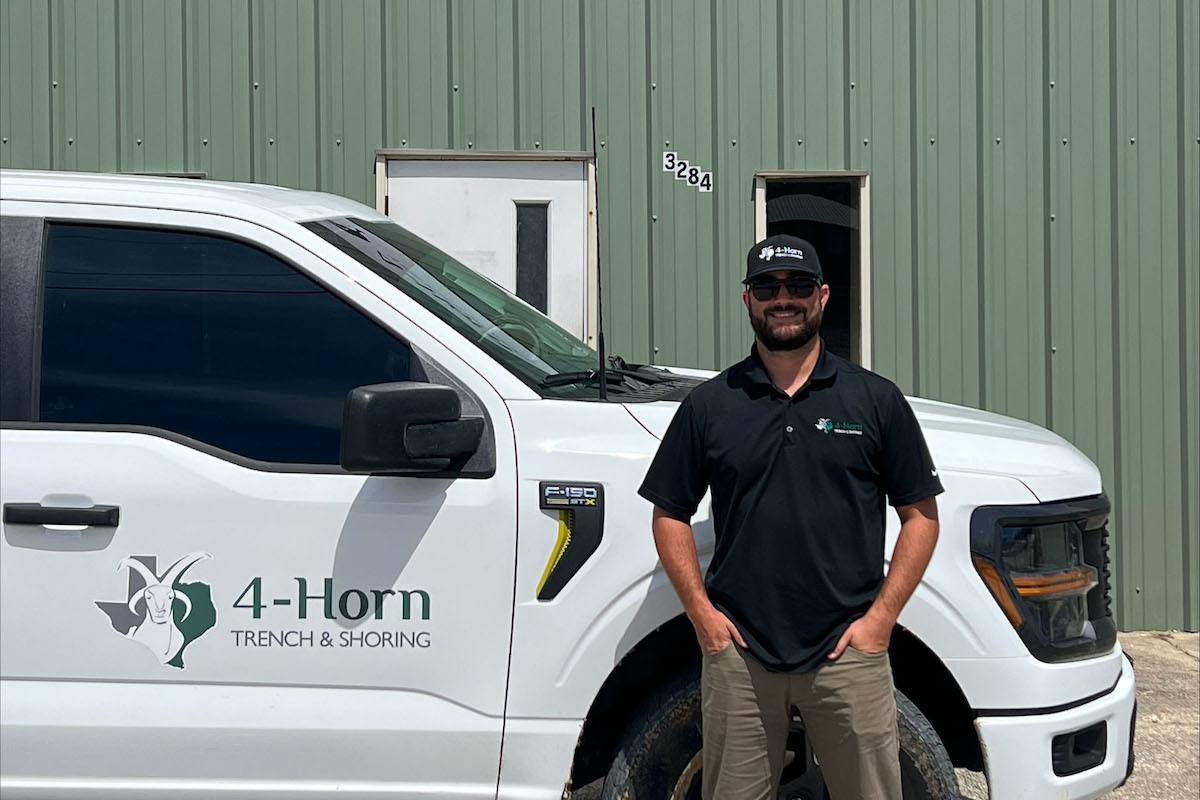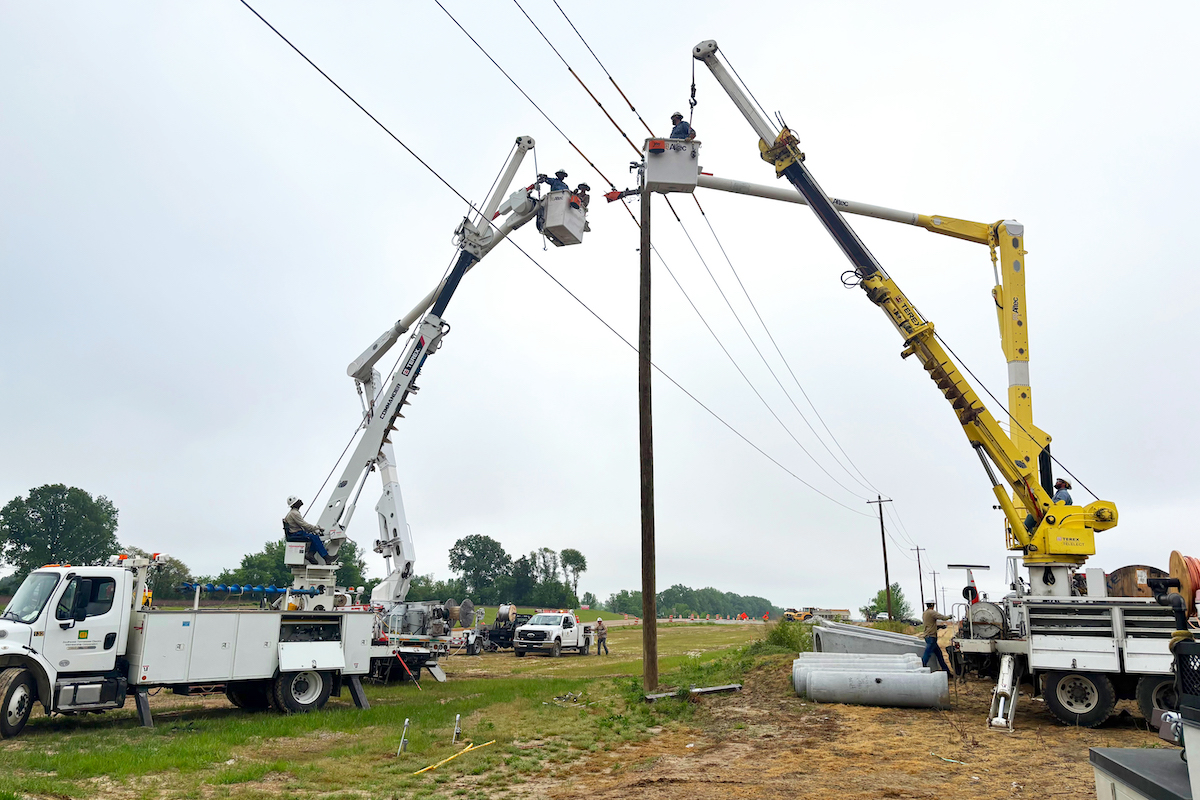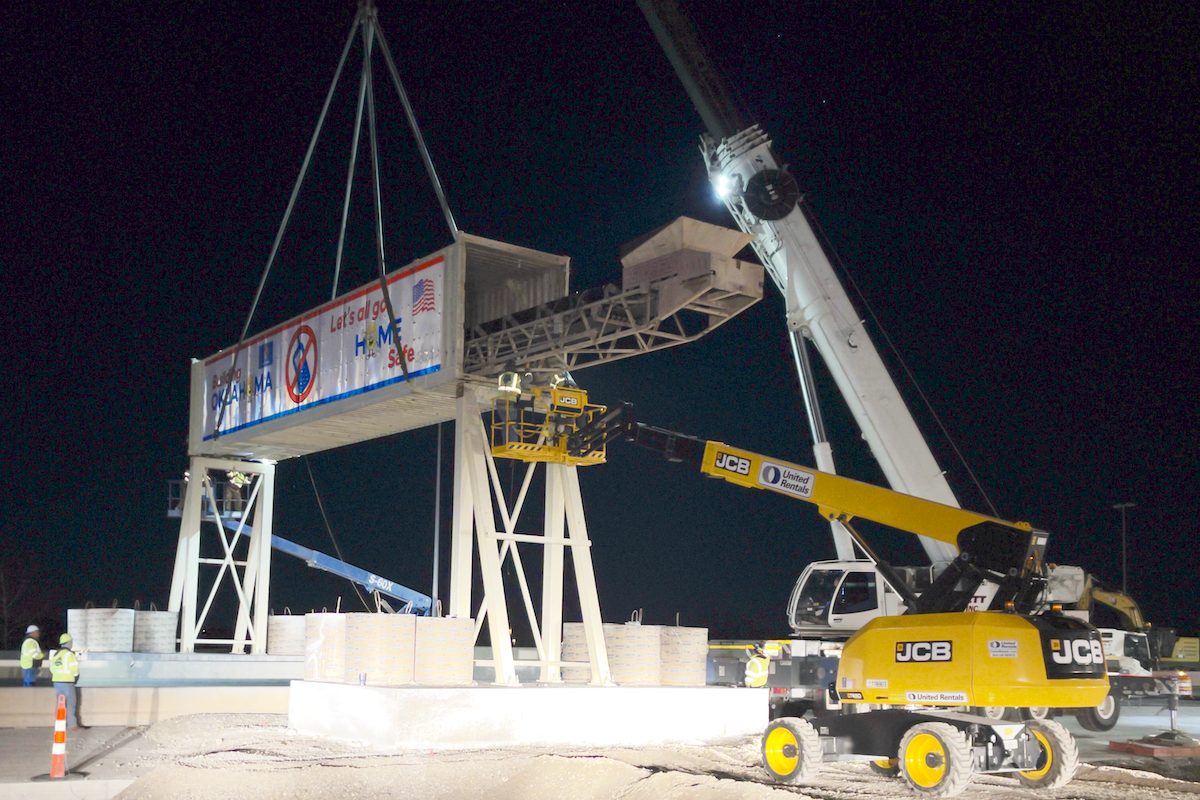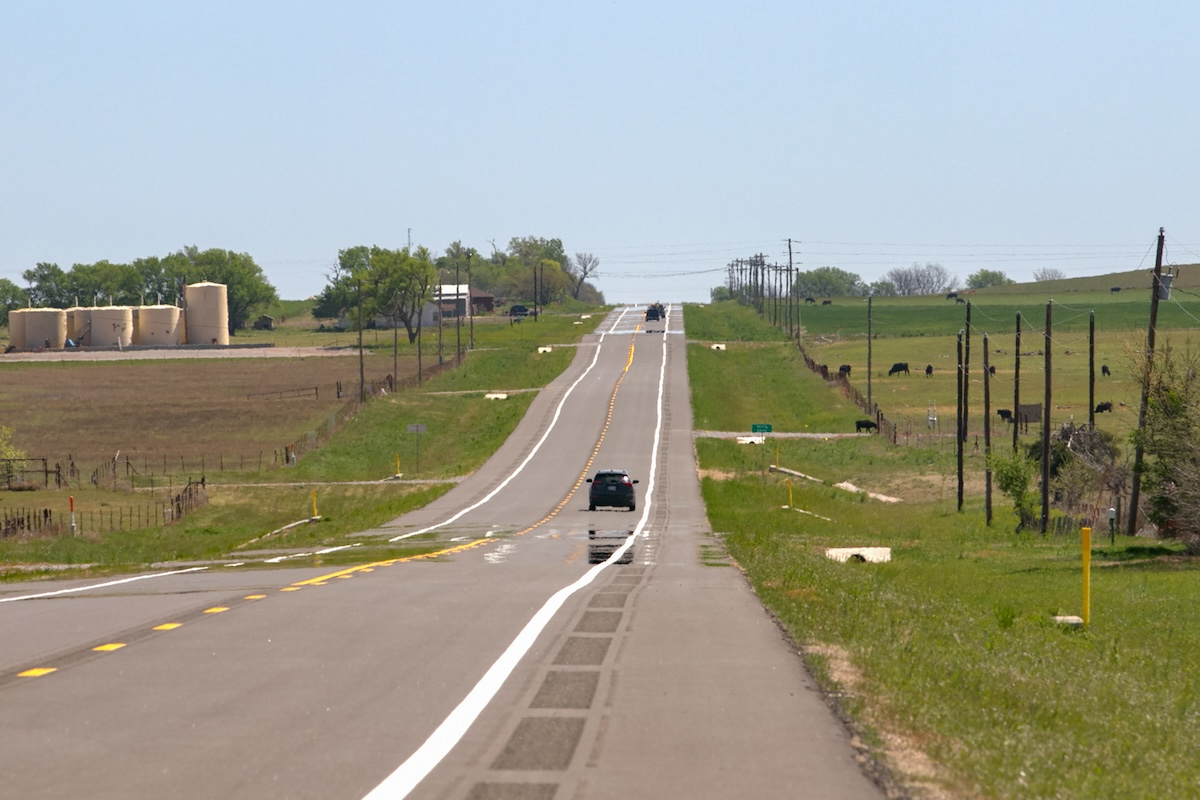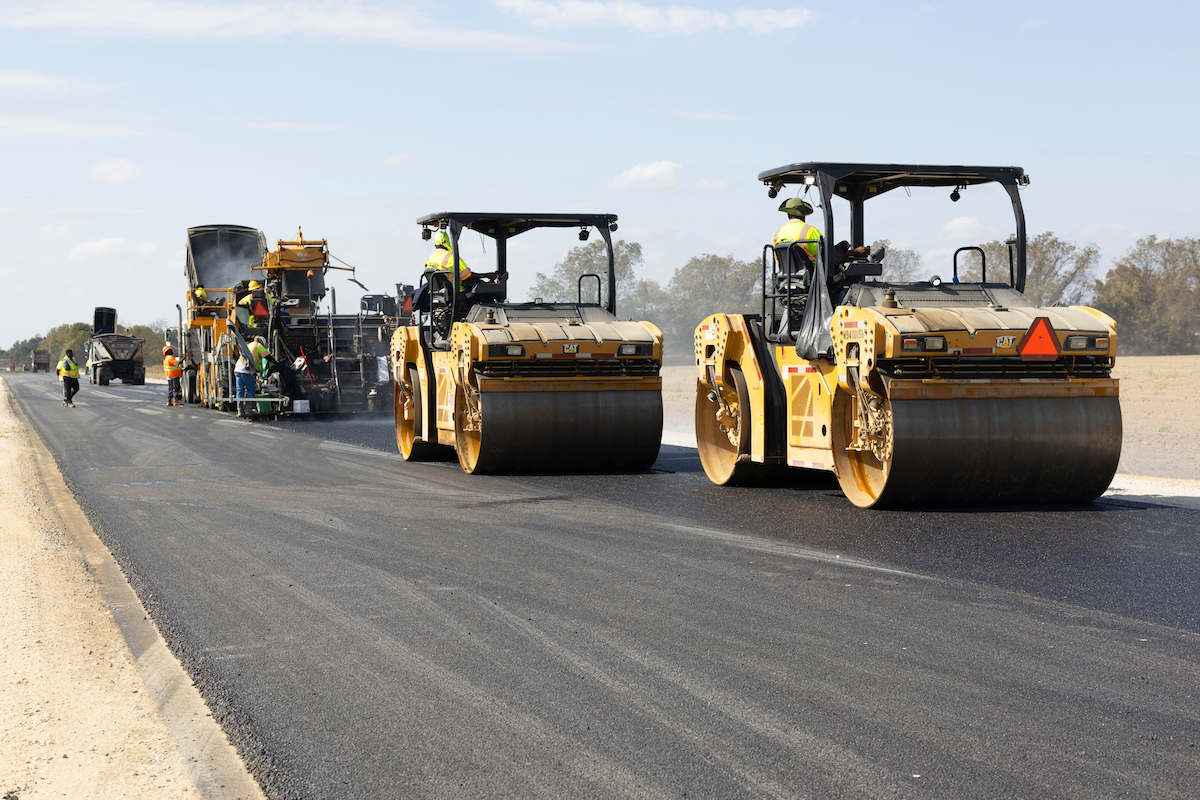Water is an essential element of both concrete (i.e.- water, aggregate, cement) and mortar (i.e.- water, aggregate, binding material). However, at the jobsite, everything from seasonal temperature, rain, humidity, and groundwater to circulating air can affect the moisture content in concrete and mortar greatly. This can impact setting and drying time – and incorporating the wrong moisture levels in concrete and mortar can be disastrous to quality, finish, longevity, and even safety.
Although the construction industry has access to moisture meters, to some extent, these tools typically require calibration, sampling, and time. In addition, they are not always portable or durable enough to be used on job sites.
Fortunately, hand-held, durable, instant moisture measurement devices are now available that allow anyone without special training to spot check concrete and mortar at the jobsite to assure that it is properly mixed, set, and dry. In many cases, such pre-calibrated systems allow non-destructive, non-invasive testing on digital displays with no pin holes or discoloration. This approach facilitates construction work as soon as feasible, speeds project completion, and improves quality.
“High humidity can increase the risk of fractures and other structural issues. Concrete can also gradually change from ductile to brittle when humidity decreases, which naturally occurs when summer heat affects concrete’s evaporation time,” says John Bogart, Managing Director of Kett US, a manufacturer of a full range of moisture and organic composition analyzers.

| Your local Yanmar dealer |
|---|
| CLM Equipment Co |
| WPI |
He notes that concrete cures best between 70 to 80 degrees Fahrenheit, so if temperatures rise above that and climb towards 90 degrees Fahrenheit, concrete can be affected and cause surface problems as well as reduced strength.
Hot weather, wind and dry conditions can increase a concrete slab’s rate of evaporation, which can threaten the integrity of the top layer of concrete. Water quickly evaporates from the surface layer, which can cause the mix to be drier and susceptible to surface cracking and shrinkage.
Reduced strength can also become an issue with hot, dry weather, which can shorten the hydration portion of the curing process (when water is absorbed and crystals form in the concrete). Then the concrete mixture has less time to hydrate these forming crystals and create strong compressive strength. So, concrete curing in hot weather can suffer from limited strength and durability.
On the other hand, in wetter seasons, excess moisture can do a great deal of damage to concrete and its protective coatings, as well as affect concrete-water ratios. Because concrete is porous, issues arise when water is trapped within the concrete.
When it comes to structural concrete, including foundational slabs, construction contractors do not want to “guestimate” moisture levels, which can potentially jeopardize the whole project.

| Your local Wirtgen America dealer |
|---|
| Kirby-Smith Machinery |
So, industry innovators have developed a simplified approach with testing equipment that allows anyone in the field to get laboratory-quality measurements in any environment.
As an example, using a hand-held device such as the HI520-2 concrete and mortar moisture meter by Kett, the worker would select the calibration (i.e.-concrete or mortar), press it against the sample, and moisture is immediately displayed with accuracy of +/-0.5 percent (0 to 12 percent for concrete/0 to 15 percent for mortar). Automatic temperature compensation enhances measurement accuracy, and two “raw” modes allow the user to calibrate for deep or shallow samples. Up to 1,000 measurements can be stored in memory and downloaded to a computer for analysis.
The device utilizes high-frequency capacitance, comparing the di-electric constant of the solid with water. A direct relationship exists between this and moisture content.
According to Bogart, one construction contractor used the moisture meter to confirm that the concrete flooring on a 20-story building was ready for custom surface treatment. In fact, the contractor was able to test the entire project in one morning.
“With an instant moisture meter, flooring installers can test concrete humidity as water passes through the concrete’s surface even after it hardens. This kind of testing is critical in indoor installations, where high levels of moisture and trapped water in concrete can create mold or lead to bubbling or degradation of its strength and integrity,” says Bogart.

| Your local Wirtgen America dealer |
|---|
| Kirby-Smith Machinery |
This approach can be particularly helpful to contractors responsible for concrete subflooring.
“If you are building on a slab, you know the importance of a concrete subfloor that is fully dried and accurately prepared for use. Knowing how the concrete will act when the concrete is coated, flooring is installed, or the slab is prepared for final use, is key to success,” says Bogart.
For contractors who need more specialized applications of measuring moisture, such as for “wet” concrete, this is also available with other units. For instance, with such units, the sample moisture of slurry and aggregate can be instantly measured, allowing contractors to optimize batch mixing anytime, anywhere.
Whether summer, winter, spring, or fall, the bottom line for contractors working with concrete or mortar is that using hand-held devices that provide instant moisture measurement helps to ensure that quality work is done as soon as it is feasible, without excess or insufficient moisture, setting, or drying times. In the end, this facilitates project profitability.














